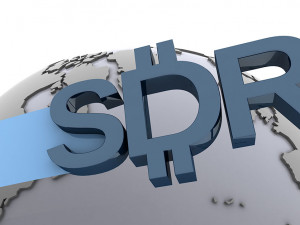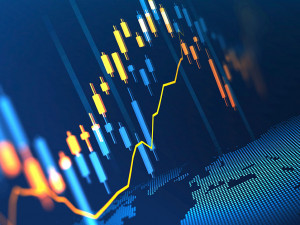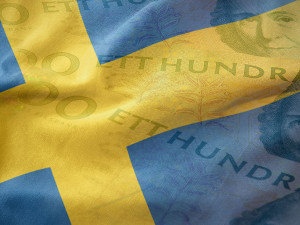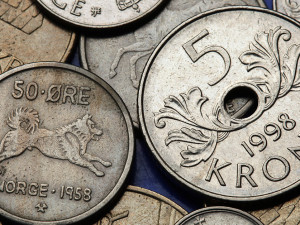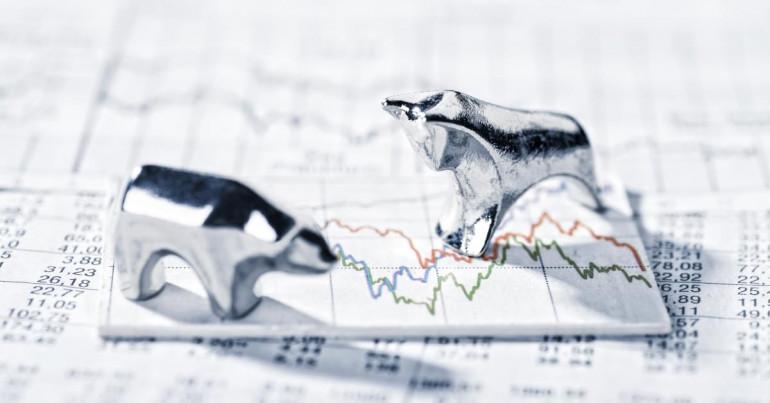
Modern domestic economies depend on a system of mutual interdependencies that, tied together, form a single, homogenous global economy.
The web of economic machinations which influence markets can be opaque to even the most seasoned economists, to such an extent that economist Adam Smith coined the term “invisible hand of the market” as far back as 1759. It is impractical and sometimes impossible to measure every aspect that might shift an economy in one direction or another.
Knowing the how-and-why of currency exchange rates is important because they’re a good indicator of relative economic strengths. Not just the domain of traders and business owners – currency exchange rates can affect personal income, national pension schemes, job availability and more.
Using data collected from hundreds of sources and sample sizes in the tens of millions, monetary institutions can evaluate the strength of one currency relative to another and calculate a foreign currency exchange rate (or FX rates).
We’ve listed a few of the factors used to determine the relative strength of a currency below.

Primary factors affecting exchange rate
Many factors dictate foreign currency exchange rates. There’s an entire field of academic study dedicated to the topic. It’s a bit too complex to cover in a single article. For simplicity, we’ve listed 4 primary factors that drive currency exchange rates.
1. Interest rates
A nation’s central banks will dictate short-term interest rates, providing they follow a centralised banking model. This may vary from country to country.
For example, the Federal Open Market Committee (FOMC) determines rates by a vote in the US.
Regardless, monetary policy-makers have it in their power to set interest rates, often called the bank rate – this is the fixed rate charged on loans offered by central banks to commercial banks.
The bank rate is not to be confused with the rate of interest – the variable rate charged on loans offered by commercial banks to customers.
Bank rates are a fiscal tool used to influence inflation and deflation, while the rate of interest has little bearing on an economy’s overall health.
How does it work?
Monetary policy-makers raise or lower bank rates to control inflation and govern the value of a currency. Higher interest rates attract investors and incentivise households to save money.
As investors place more money in assets with high interest rates, the amount of currency in circulation decreases. More incentive to invest creates a higher demand for a currency. As any budding economist can tell you, when demand outstrips supply, competition will drive up the value of a commodity (or currency).
The law of supply and demand may appear to be a simple solution, but raising or lowering inflation rates can have several knock-on effects. Housing markets are often hard hit by the increased incentives to save, as are others that rely on big-ticket capital assets like mining, medical technology and global solar industries.
Also worth noting is the inverse relationship between bonds and inflation. Because bonds pay a fixed interest rate, they become a better investment as rates fall. If interest rates rise, investors will seek out better options, and the value of bonds will fall.
Interest rate differentials
An interest rate differential (IRD) is the difference between the interest rates of two compared currencies, measured in basis points (BPS). A difference in interest rates of 2% can be said to be a differential of 200 basis points.
IRDs are an important statistic for foreign currency traders and foreign investors.
For example, an investor may choose to sell a US bond worth $1,000 USD and an interest rate of 3% and purchase a British bond of equivalent value in GBP with an interest rate of 7%.
The resulting IRD is 4% greater. Thus the investor stands to make more profit over a fixed term. This profit is only guaranteed if the interest rate differential between USD and GBP remains constant.
2. Inflation rate
Inflation is the measure of a currency’s purchasing power, generally calculated each month. There are too many causes of inflation to list here, but know that most reasons are internal rather than external.
To calculate inflation, governments will look at a broad list of goods and compare how much of a certain consumer good the average household could buy now versus the amount they could afford the previous month.
For example, in the UK, the Office for National Statistics (ONS) collects the prices of roughly 700 common household goods. They then compare current costs against the cost of goods in previous months and create a Consumer Price Index (CPI).
The CPI measures the average change in prices across the UK. It reflects both the cost of living and the strength of the Sterling. Suppliers can import more goods, when a currency is strong and inflation low. More goods and equivalent demand result in lower prices reflected in the CPI.
Inflation rate differentials
Simply put, an inflation rate differential is a difference between the inflation rate in one country and the inflation rate in another.
Inflation measures the relative purchasing power of a given currency compared to others. For example, 1 kilogram of apples may cost 4 dollars in the US but cost 24 rands in South Africa.
Differentials in inflation are a good indication of one currency’s strength versus another and strongly dictate foreign exchange rates.
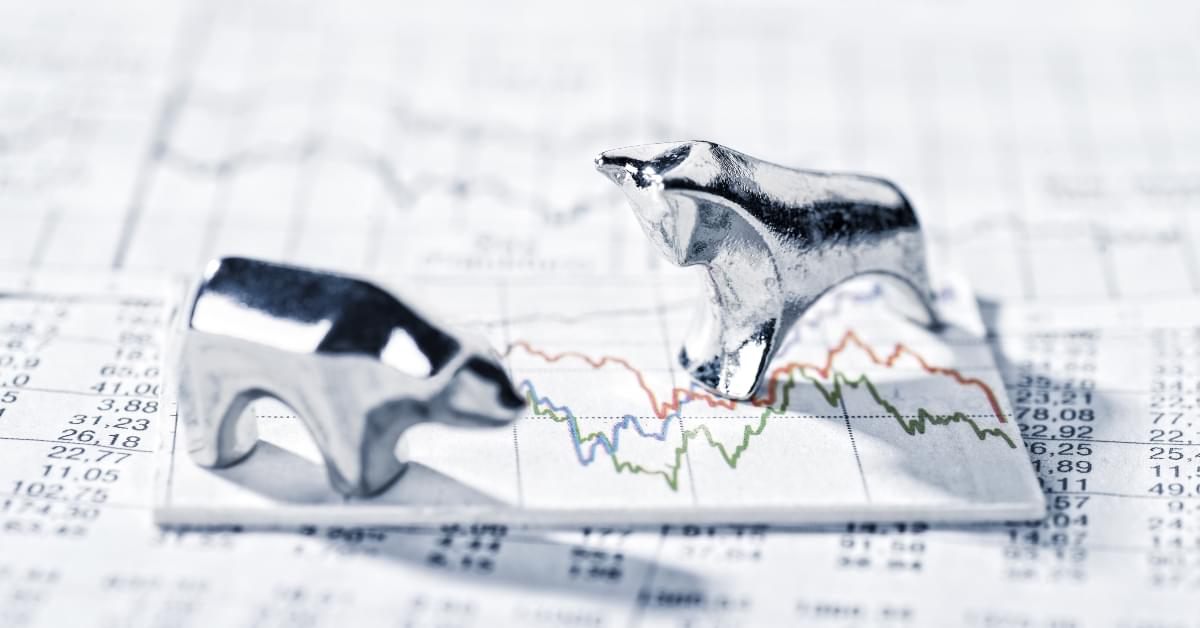
3. Currency speculation and volatility
Volatility is the frequency and magnitude at which a currency is likely to rise or fall in value. Major currencies tend to be less volatile, while currencies of emerging economies are usually more volatile. There are a few major contributors of currency pair volatility, and every business owner should know how volatility can affect profits.
Volatility is an important statistic as it plays a significant role in the trade of foreign currency trade and market speculation. In finance and foreign exchange, traders often target volatile currency pairs as prices can move sharply in any direction, at any time. These trades carry substantial risk but can also lead to significant pay-outs.
A trait common to almost all markets is a measure of herd mentality – authoritative figures often influence the actions and opinions of traders in their respective markets.
This always involves a level of educated guess work called market speculation. Traders bet their expectations against future volatility. But, because of how modern currency exchange, property and stock markets are structured, speculation can manifest in actual shifts in the market.
‘Hawk’ and ‘dove’ are descriptive terms that characterise prominent decision-makers’ attitudes towards currency markets. Hawks advocate the rise of inflation, making a currency more attractive to foreign importers looking for cheap goods. Doves prioritise low inflation and focus on internal social factors like unemployment.
Commodity markets are as much a product of psychology as real-world economic factors – market trends influence traders, who then influence market trends.
Good traders will make sure to secure their trades against social factors. Beyond sensational gossip, fear-mongering news headlines and good old gut feeling, there are quantitative and qualitative indicators of potential volatility:
Monetary policy
International governments use a number of tools at their disposal to directly or indirectly influence a currency’s value. Central banks can adjust interest rates to influence local lending rates. They can also simply print money.
A strong history of informed, beneficial monetary policy-making can lower the risk of trade, instil trust and attract investors. This inevitably increases the demand and value of a currency.
Conversely, a history of poor fiscal policy decision-making can create a fear of recession and drive away potential investors. Markets are generally self-correcting due to the nature of international trade – traders will stock-pile weaker currencies with the expectation that they will, eventually, regain strength. This creates a shortage, driving up value.
Geopolitics
Politics play a large role in currency speculation. Countries with a stable government are less susceptible to internal turmoil that might disrupt a local economy. This makes them a less risky option to traders and investors. Foreign capital appreciates a currency in value.
4. Current account deficits
A national current account measures the value of exported versus imported goods and services and is a component of a country’s Balance of Payments (BoP). A deficit in the national current account shows that spending on foreign trade outweighs the revenue generated from exports.
Governments can also enact monetary policies to improve a currency’s valuation relative to other currencies through devaluation. This increases interest rate differentials. Domestic exports become more attractive to foreign competitors. Imports become less desirable than locally produced goods and services. This increases the amount of domestic goods sold, reducing the current account deficit.
Terms of Trade
Terms of Trade (ToT) are closely related to current account deficits. They compare the average price of imported goods against the average price of exported goods. National monetary watchdogs calculate the ToT as needed, often at the same time as the Consumer Price Index.
Monetary policy-makers use ToT to judge the efficacy of implemented monetary policy. Currency traders closely monitor ToT as they are a strong indicator of how a currency might appreciate or depreciate over the coming months.
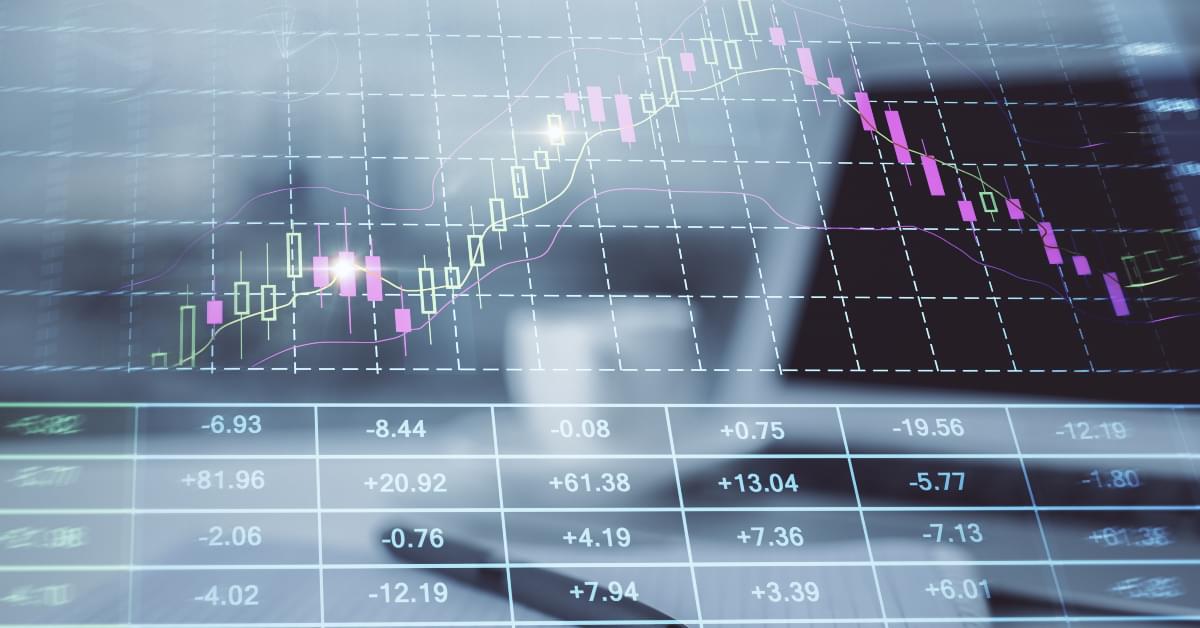
How to hedge your FX exposure with CurrencyTransfer
Due to the importance of international trade and geographically disparate staff, risk management has become even more of a hot topic amongst treasuries and financial departments. Any unfavourable movement in the FX market could compromise the profitability of the transaction.
Currency pairs may be subject to volatility, but whether you’re the CFO of a small-medium enterprise, a trader of raw materials, or responsible for the payroll of a geographically diverse team, an effective hedging strategy can help manage the risk of dealing in foreign currency.
Our business solutions can provide the necessary stability to plan long-term financial strategies to protect your bottom line.
Matthew Swaile
Copywriter
Florence Couëdel
Editor
